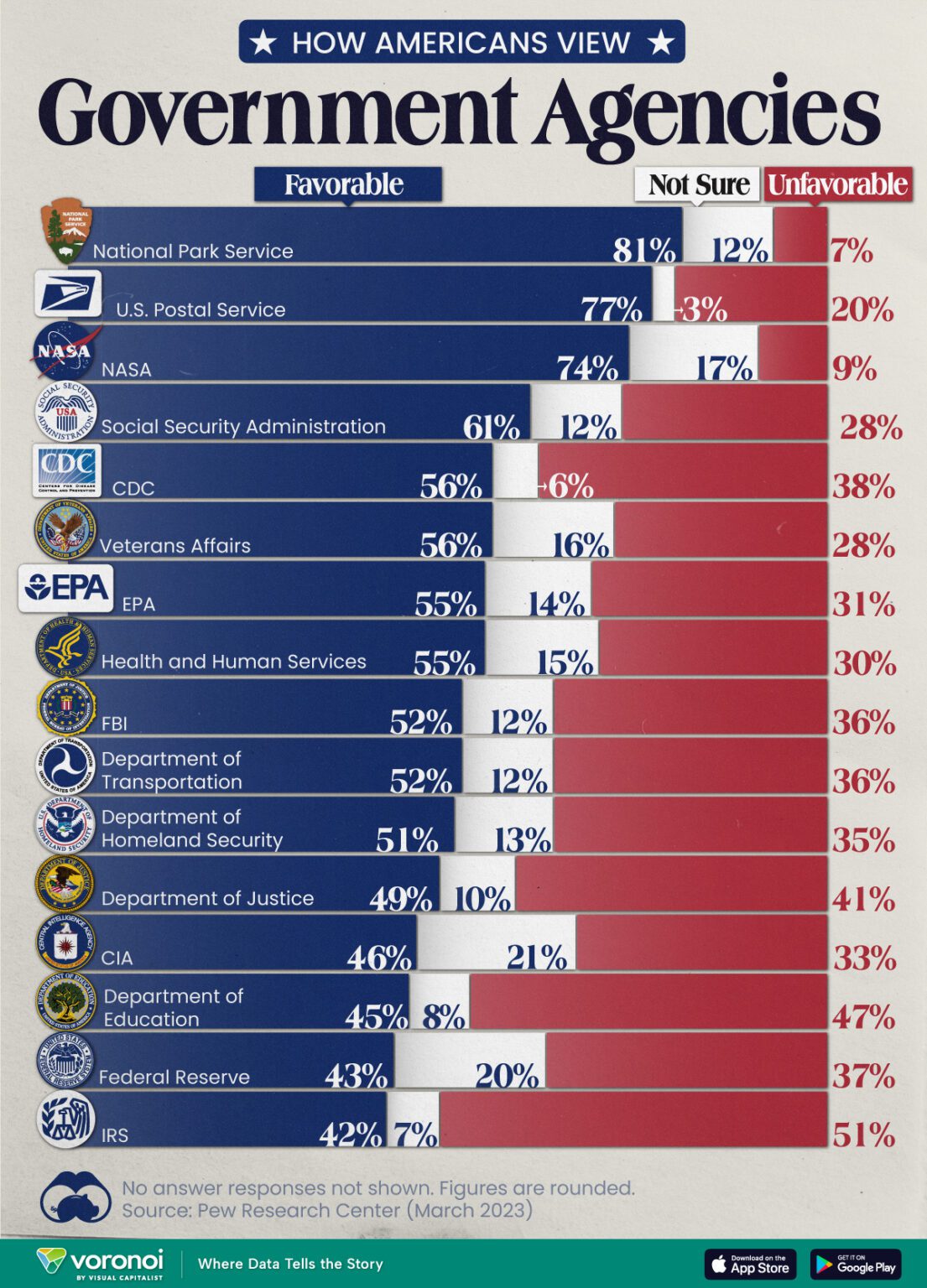We should not average a complex process like inflation by simply grouping dates under presidents.
Having said that, we do this with stuff like football team performance and their quarterback, so it's not like this sort of analysis is going to go away.
So here's the chart:
Now, this is useful because it's hard to get across to students how long it's been since we've had an inflation problem: Biden's average exceeds all presidents since Reagan. That's 1988, 36 years ago ... it's very likely a lot of your parents weren't even teenagers yet in 1988.
It's also 2-3 presidents from each party, and 16 years from each party, so it's pretty fair to say this is not about Democrats vs. Republicans, but rather Biden being worse than everyone else.
In addition, the number from Reagan is deceptive. Carter lost his reelection bid to Reagan, in part, due to high inflation. And there was a hangover of high inflation going a couple of years into the Reagan administration, so the average for his second term would be much lower.
***
It's currently May and Biden is making speaking appearances where he claims that he inherited high inflation from Trump. This has been shot down as false, even by media that generally supports him. The inflation actually started ramping up a few months after Biden took over with a Democratically-controlled Congress. Inflation is driven in part by expectations, and this is consistent with expectations forming that new policies that were inflationary were being put in place.
***
Lastly, I'm of two minds about the note in the text box on the right. The point is correct. BUT, the shading does not correspond to the point (and I feel it is pretty obviously manipulative to put them so close together).
Anyway, it is true that the CPI used to include data on sales prices of new homes. And it is true that it now includes an imputed rent for owner-occupied housing (basically, not what your mortgage payment is, but rather a comparable of what you'd have to pay if you were renting instead of owning). The latter series is both smoother, and has shown less inflation that the former. Like most economists, I tend to think it's a better measure. But it does make for difficult comparisons.
The manipulative part though, is that they made the change over in 1985 — halfway through the Reagan administration. So imagine dividing Reagan in two, so there's one more bar. The top two (Carter and Reagan I) would behave differently than the bottom six. The effect of having all eight measured the same way is that it would be bring the top two and bottom six bars closer together (either by bumping the top two downward, or the bottom six upward).
The upshot is that Biden's numbers are a lot closer to Carter and Reagan I than they are to the other presidential terms in the middle. It turns out there's a paper that looks into this. First off, the BLS does maintain a CPI series that uses the pre-1985 method. But, 1) it's not as detailed as current series, 2) it isn't available before 1978, 3) it comes out with several months delay, and 4) it's not available publicly, and you have to ask for it specifically. But, in the paper they reconstruct CPI measurements going back to 1949, and forward to the date of publication (March 2022) that can be used for comparison.
So here's the data I got from the paper's linked spreadsheet. Keep in mind this shows Biden in a worse light than we would today, since it only goes through the 14th month of his term ... thus accentuating the high inflation period without showing the reduction in inflation. Having said that, it gives you a sense that the numbers we were seeing in 2022 were a lot closer to Carter era than to Trump's:
President
(Term and/or Initials As Needed)
|
CPI Inflation Rate
(Announced)
|
CPI Inflation Rate
(Post-1985 Method)
|
|
Carter
|
9.9%
|
8.4%
|
|
Reagan I
|
5.8%
|
6.2%
|
|
Reagan II
|
3.3%
|
4.0%
|
|
Bush, G.H.W.
|
4.3%
|
4.8%
|
|
Clinton I
|
2.8%
|
3.2%
|
|
Clinton II
|
2.4%
|
2.6%
|
|
Bush, G.W. I
|
2.3%
|
2.5%
|
|
Bush, G.W. II
|
3.3%
|
3.2%
|
|
Ohama I
|
1.7%
|
1.7%
|
|
Obama II
|
1.1%
|
1.3%
|
|
Trump
|
1.9%
|
1.9%
|
|
Biden (first 14 months)
|
5.6%
|
5.6%
|
If interested, the paper is Bollhuis, Cramer, and Summers, and is entitled "Comparing Past and Present Inflation". It has been published in a (gated) journal (Review of Finance, 2022), but a PDF of the working paper is readily available online. It also contains a link to their alternative data series.



